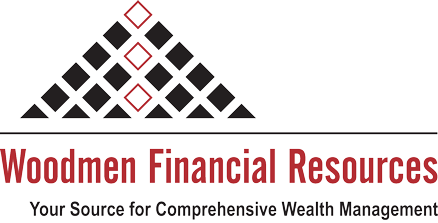Essentially, a business plan is the management and financial blueprint of your company. It is meant to serve as both your business guide and as a tool to help you attract investors. The plan should be comprehensive yet concise. It should explain the characteristics of your business, as well as discuss how the business will be financed and managed and how it will function in its target market.
There is no limit to the length of a plan, though the average is probably under 50 pages. Your plan should be separated into sections, such as business, marketing, financial, and “supporting documents.” You should also include a cover sheet and an executive summary. Before you begin writing, however, it is probably a good idea to consult an attorney and/or an accountant with experience in business-plan preparation. Following are brief descriptions of the sections generally found in a business plan.
Cover Sheet
The cover sheet is simply a title page for your business plan. It should contain identifying information such as the name of the company, its address, phone number, owners’ names and contact information, and the date on which the plan was finalized.
Executive Summary
The executive summary (or the statement of purpose) is, broadly, a summary of your business plan. In no more than a page you should describe the nature of your business and the reason why the reader has received a copy of your business plan. It is here that you engage your reader. This is an opportunity to let the reader know why your business is such a great idea and why he or she should continue reading.
Because the reader is most likely a potential investor, you will need to briefly explain why you need the funds you seek, how they will be used and, if the reader is a lender, how and when you intend to repay. Don’t forget to attach supporting documents in the “supporting documents” section of your plan. These documents may include, for example, estimates of the items you might intend to purchase with the funds sought.
Business
This is the first major section of your business plan. It should contain a more detailed description of your business. You should begin with a brief (one page) summary that will address the key elements of your business. The remainder of the section should address each of these key elements more specifically. Your business’s key elements might include the following:
Legal structure (your choice of entity)
What entity did you choose and why? Don’t forget to include supporting documentation (for instance, the partnership agreement if you chose the partnership form).
Business and industry description
Describe your business in greater detail: assets and liabilities; past, current, and future (projected) financial status. You should also include information about the industry in which your business will operate and its trends.
Your product or service
Describe in detail the product sold or service rendered. If you are producing a product, explain how the product is manufactured. What are the raw materials required? Who are your suppliers? What are the costs of production? If your business is providing a service, what is your service and why is it unique? Why, how, and where will it be provided? In this section, you will also address anticipated problems and how they will be resolved. It includes best-case, realistic, and worst-case scenarios. For example, if your business is successful, how will you address a rapid increase in orders for your product? Where will you get the additional financing for production? Again, if you have supporting documents, attach them.
Your business location
Provide the address and attach pictures or maps if available. In addition, explain why you chose the location, its history, its significance relative to your target market, and other factors, including:
- Accessibility to customers/suppliers
- Availability of parking/labor/housing/raw materials/supplies
- Area crime rate
- Quality of utilities and public services (e.g., police)
- Taxes
- Local business climate
- Zoning regulations
- Alternate sites for the business
Management/employee information
Explain who will be employed by, and who will manage, the business. What are their job descriptions? Why were they chosen? What is the extent of their education and their work experience? Attach their resumes.
Accounting system
Here you will need to describe the accounting method chosen and the reasons for the choice. You should describe the person(s) who will be responsible for keeping accounting records. Are they skilled? Will they be employees or independent contractors? Who will be responsible within the company for analyzing these records or financial statements and implementing the changes they may suggest? Be thorough. This section can inject investors with either confidence or doubt.
Other
Feel free to add whatever other elements you deem necessary such as insurance or security information.

